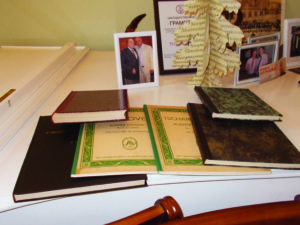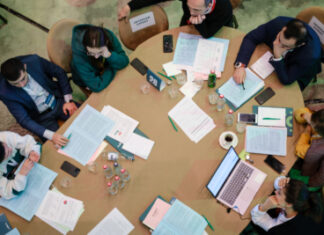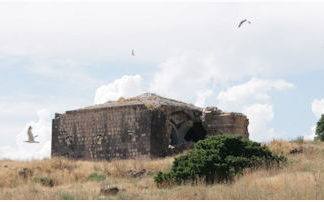 By Muriel Mirak-Weissbach
By Muriel Mirak-Weissbach
Special to the Mirror-Spectator
WIESBADEN, Germany — When Bernhard Scheidt passed away in October last year, those closest to him thought long and hard about the most appropriate way to execute his estate. The German pianist and conductor, born in 1929 in Wiesbaden, had led a long and rich life in music, excelling as a student at the Detmold College of Music, and continuing with extensive studies under authorities like Theodore W. Adorno, whose seminar in Philosophy he attended at Frankfurt University. He studied Musicology with Gennrich und Schmitz, and Music Psychology with Prof. Albert Wellek. He was also a philologist, having studied Classical Philology with the leading authority Prof. Thierfelder at the Mainz University, and delivering a final paper on Cicero’s Somnium Scipionis.
Schedit prepared for his career as a musician by studying composition, piano, choir conducting and orchestra conducting under Prof. Günter Bialas, Prof. Conrad Hansen, Prof. Rudolf Thomas and Conductor Karl Elmendorff, respectively. Throughout his long career as a performing musician, he accumulated a vast collection of musical scores, not only for piano, on which he performed, but for ensembles and full symphonic orchestras, which he conducted.
The question for Sabine Meerwein, herself a professional solo soprano and Scheidt’s long-term companion, was: on whom should she bestow the valuable scores? Who or what institution might most benefit from such a gift, and at the same time, honor his achievements and memory?
On New Year’s Eve 2015, she happened to read an article in the local newspaper, the Wiesbadener Courier, about the Mirak-Weissbach Foundation and its work in Armenia, especially in support of musical education for youth. She was especially struck by the idea of developing children through the transmission of great culture. She contacted the foundation to ask whether it might be able to identify a worthy recipient of the scores. After several discussions with Armenian musicians in Germany and, through the Armenian Embassy, contact with the Yerevan Komitas State Conservatory, it was decided to make that institution the beneficiary. On March 30, a sealed palette containing the 350 pounds of scores was picked up in Wiesbaden and began its voyage overland by truck through Turkey and Georgia to Armenia.









